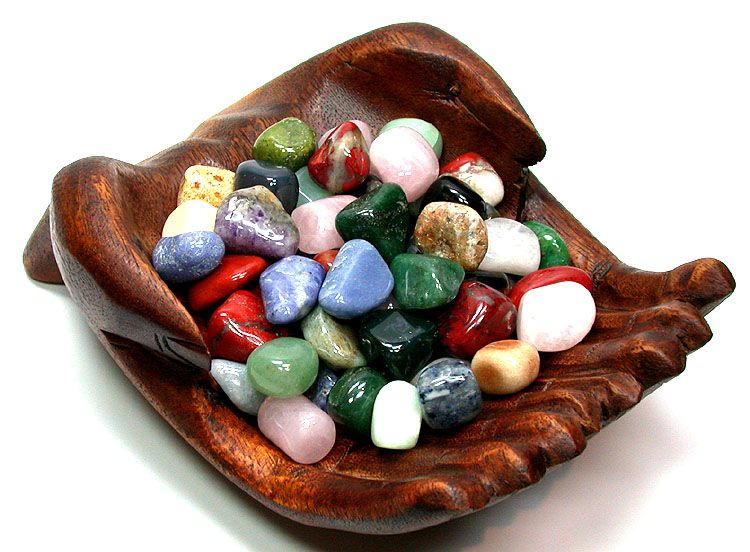3 Wild Herbs For Lucid Dreaming
- Details
- Written by Nick Polizzi
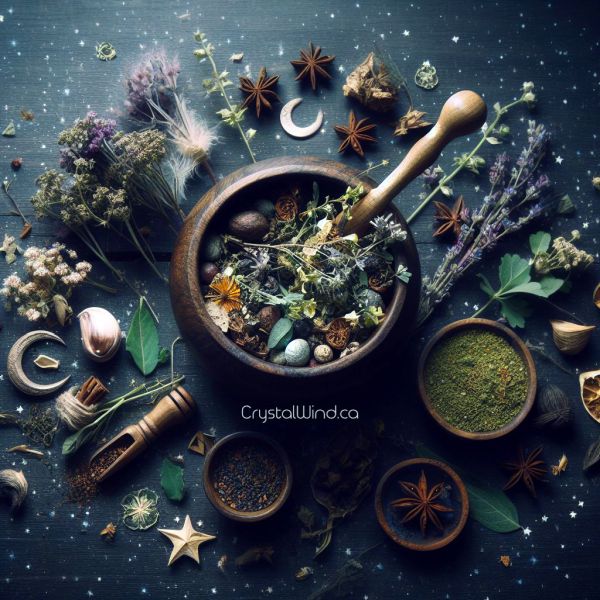
Do you remember what you dreamt about last night? How about the night before?
For thousands of years, we humans have placed a ton of value on the content of these bedtime reveries, deriving inner wisdom and even premonitions from them. Dreaming feels like a birthright, an extra sense that allows us to process (both rationally and spiritually) while our body rests up.
They are one of behavioral science’s biggest mysteries, with no agreed-upon theory of their origin and specific purpose. For some, dreams occur nightly, but others never experience them at all.
One thing is for sure – many who don’t dream wish they did.
Since I was young I’ve had them on a regular basis, but have always known there were deeper places to go in this state of consciousness. The quest for many is to achieve the lucid dream, or “knowing we’re dreaming” inside the dream.
The lucid dreamers I know are able to navigate their dreamscape with an awakened mind, asking characters they come across insightful questions about their life path. They can run, jump, and fly at will, gaining profound inner wisdom from the experience.
If you would like to dream more at night, and perhaps experience the mysterious lucid dream, there are three wild herbs that have been used throughout time to accomplish just that.
The herbs below are all 100% legal, and easy to get a hold of. However, please do your own research before trying any of them – herbs are medicine and they should be treated with proper caution. These plants each have a variety of other medicinal uses, but we’re focusing solely on their dream-enhancing effects.
Wild Asparagus Root – Asparagus racemosus
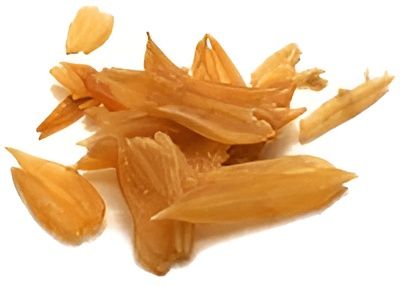
The Chinese word for wild asparagus root is Tian Men Dong – or heavenly spirit herb. For millennia, it’s been cherished by shamans, monks, and yogis for its heart-opening effects.
Also known as “The Flying Herb,” it’s believed that wild asparagus root helps one fly through the universe at night, achieving magnificent dreams. The wisdom schools of ancient China placed much value on dream work, namely lucid dreaming.
In Chinese folk medicine, it is believed that this particular herb has a direct and positive effect on the heart energy, dissolving the dualities that come with our physical incarnation – black and white, left and right, inside and out. This allows our consciousness to blossom into infinite space while we sleep.
Preparation: the best way to use wild asparagus for this particular purpose is to brew a tea of either the fresh or dried root. Keep in mind that a tea from the fresh root will be much more potent.
Valerian Root – Valeriana officinalis
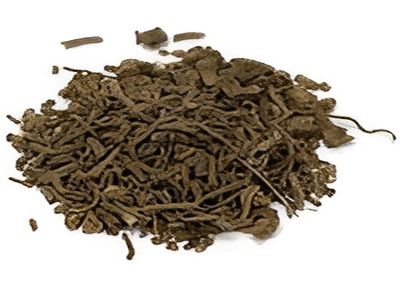
This herb has been used in folk medicine for centuries as a calming aid, muscle relaxant, and to promote deep sleep. Because lucid dreaming usually requires a heightened state of slumber, it has become a commonly reported side effect of valerian root.
Many also report that valerian greatly improves the ability to remember their dreams. Robert Monroe, a famed specialist in Out Of Body Experiences, once said “Most of us dream, and those who don’t simply are not remembering them.”
Imagine an herb that not only promotes deep states of sleep that are fertile ground for vivid dreams, but also boosts our ability to remember what happened the morning after. Valerian might be just that.
Warning: Because there isn’t enough information available regarding its effects during pregnancy, women who are expecting are better off avoiding it altogether.
Keep in mind: If you already experience extreme dream states, you might think twice before trying valerian. It can intensify your nocturnal adventures quite a bit – which is wonderful when you’re having a good dream, but not-so-great if you’re having a nightmare.
Preparation: Valerian is most commonly brewed in a tea, but be careful to use water that is hot, but not boiling, in order to preserve the delicate oils in the root. Some also prepare a tincture from the dried or fresh root (this can usually be found at health food stores).
Mugwort – Artemisia vulgaris
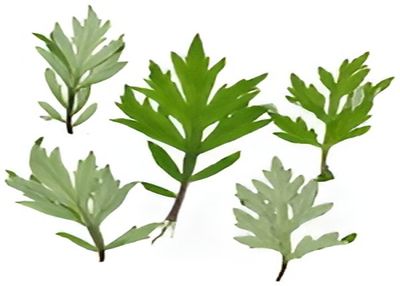
Very common throughout the Americas, Europe and Asia, mugwort has a rich history of use, both as a medicinal and metaphysical ally. In the middle ages, it was known as Cingulum Sancti Johannis, because Saint John the Baptist famously wore a belt of it whenever he traveled through the woods. It is referenced often in Celtic and Norse mythology as a magical plant that can ward off evil, and was hung in doorways and burnt as incense to clear stagnant air and prevent illness.
Mugwort is known as “Molush” by the Chumash Indians of California, and its Paiute name translates literally to “Dream Plant.” It’s often smoked in indigenous ceremonies, and interestingly, is also hailed by various tribes for its power to ward off evil, bad spirits, and disease.
Known for its dream-enhancing effects, many report that Mugwort magnifies the brilliance of color and overall duration of their mid-slumber journeys. On a personal note, I’ve had some lovely experiences with this one ☺
Mugwort grows just about everywhere. You’ll often find it underfoot, whether in the woods or walking through an overgrown urban environment. Is it sheer chance that this sacred herb that reportedly heightens consciousness is sprouting up all around us?
Preparation: Like the two plants mentioned above, Mugwort is quite often taken as a tea, but can also be smoked in a pipe. The leaves of the Mugwort plant are what contain the active chemical constituents.
I wish you wonderful and wisdom-packed journeys tonight, and many nights thereafter. Remember, like any good herbalist, we each need to do careful research on the medicinals we choose to work with. This is a central pillar of the plant path.
Everyone deserves to dream,
Nick Polizzi
Host of Healing Kitchen: Let Food Be Thy Medicine
& Founder of The Sacred Science
© 2023 crystalwind.ca. All rights reserved. We track all IP addresses. Using a VPN will now also get tracked to original source IP.
Liked this article? Dive deeper into personal growth and wellness! Check out CrystalWind.ca for spiritual wisdom or explore AromaWorx.ca for natural well-being tips. Spread the positivity—share this with friends on their happiness journey!
Let’s Chat! Drop Your Thoughts Below! ![]()
Disclaimer Health
All post and information provided within this blog is for educational and informational purposes only, and is not to be construed as medical advice or instruction. No action should be taken solely on the contents of this website. Please consult with your healthcare professional before making any dietary or lifestyle changes or taking supplements that may interfere with medications. Any products or information discussed are not intended to diagnose, prevent, treat or cure any illness, disease or lifestyle. Please consult your physician or a qualified health professional on any matters regarding your health and wellbeing or on any opinions expressed within this website.
Latest Articles

Imagine a world of inspiration and healing, free for all—made possible by YOU!
Donate Now—Ignite the Magic at CrystalWind.ca!

Epilepsy - Finding A Cure
Your donation can make a difference!
Help us find a cure – donate now!
Unlock Your Light: Join Lightworkers Worldwide on CrystalWind.ca!
Follow Us!
Featured This Month
Mabon Magic: Ideas For Fall Decoration And R…
Welcome (almost!) to Fall! We’re turning the Great Wheel once again, toward ... Read more
The Vine: September 2nd - September 29th
The Autumnal Equinox ( Alban Elfed ) Celtic Symbol : The White Swan Read more
Virgo Mythology
The Virgo Myth In all of constellation mythology, few legends are as misund... Read more
Crystals for Virgo
As the warmth of summer begins to soften into the crispness of autumn, the Sun... Read more
Sweet Violet
Sweet Violet Faithfulness and modesty. “I will always be true to you.” Helps... Read more
Sun in Virgo
An Overview of Sun Sign Characteristics for Virgo Virgo is guided by Mercur... Read more
Mabon in Modern Times: Fresh Takes on the Au…
The Mabon season begins somewhere around the 21st-22nd of September and cont... Read more
Watermelon Tourmaline
Synonym: Rainbow Tourmaline The watermelon tourmaline is a rare variety t... Read more
Peridot: The Healer's Stone
Peridot has been used as a Power Stone for centuries. Peridot fosters emotio... Read more






















































































































